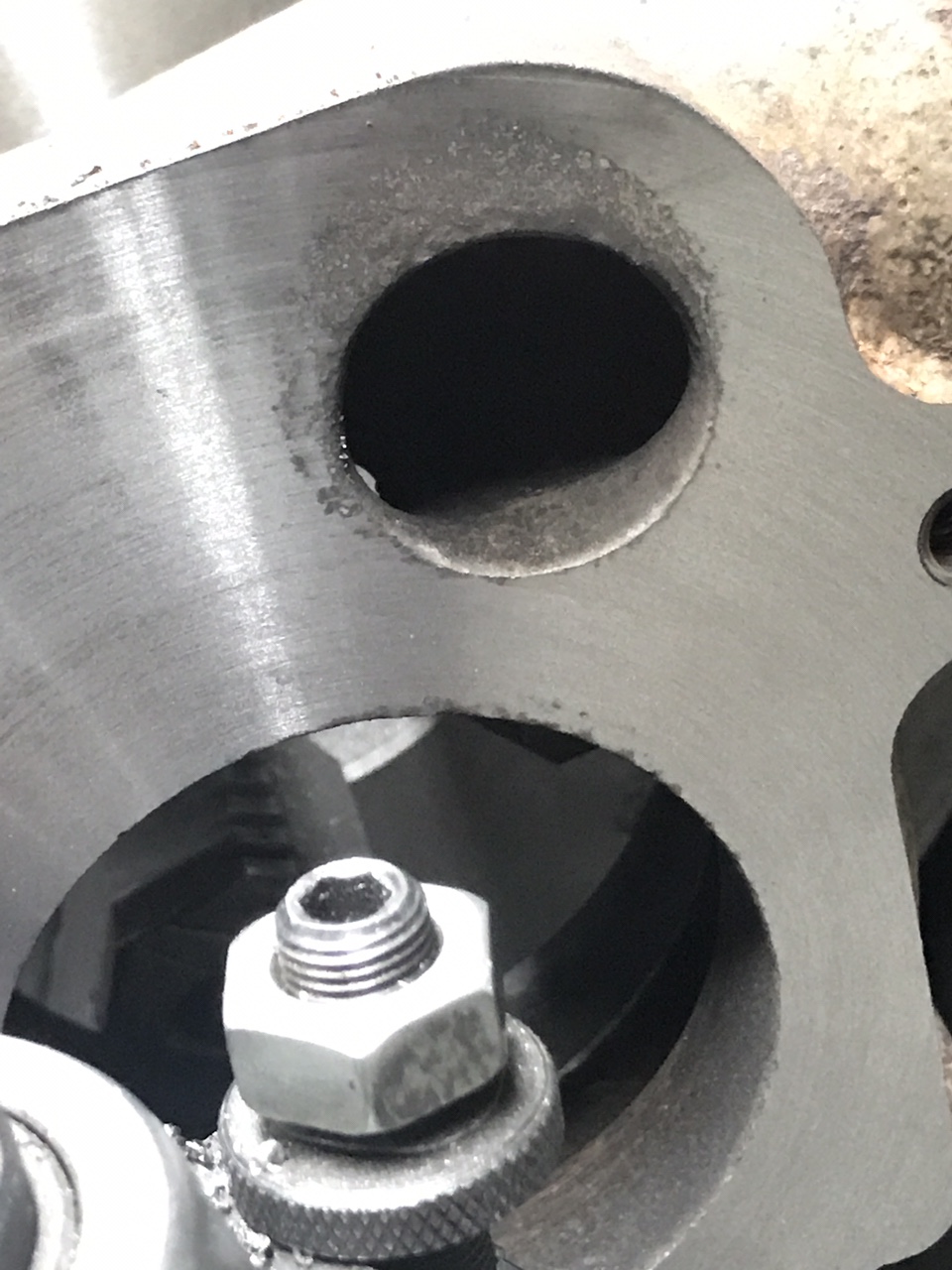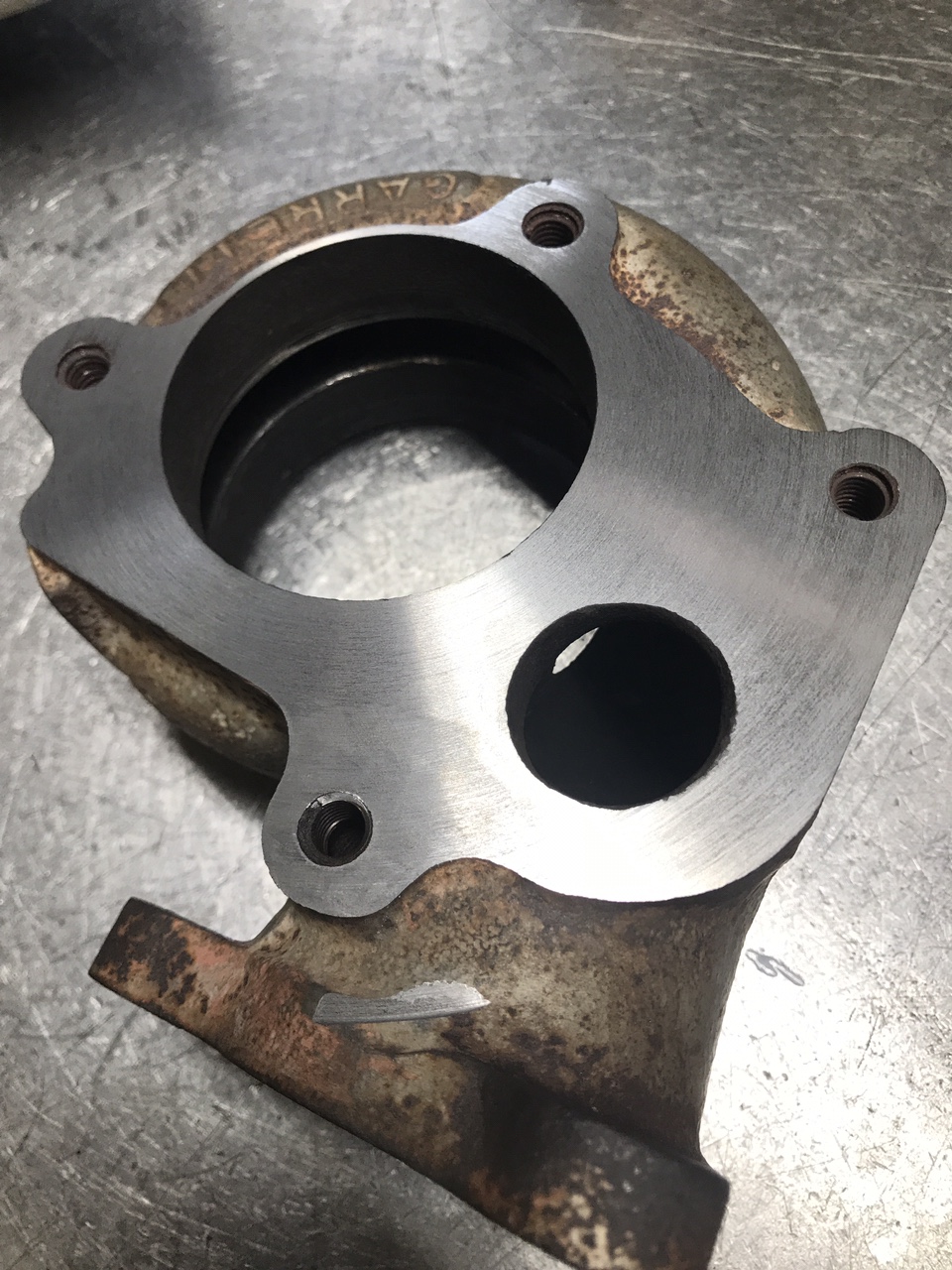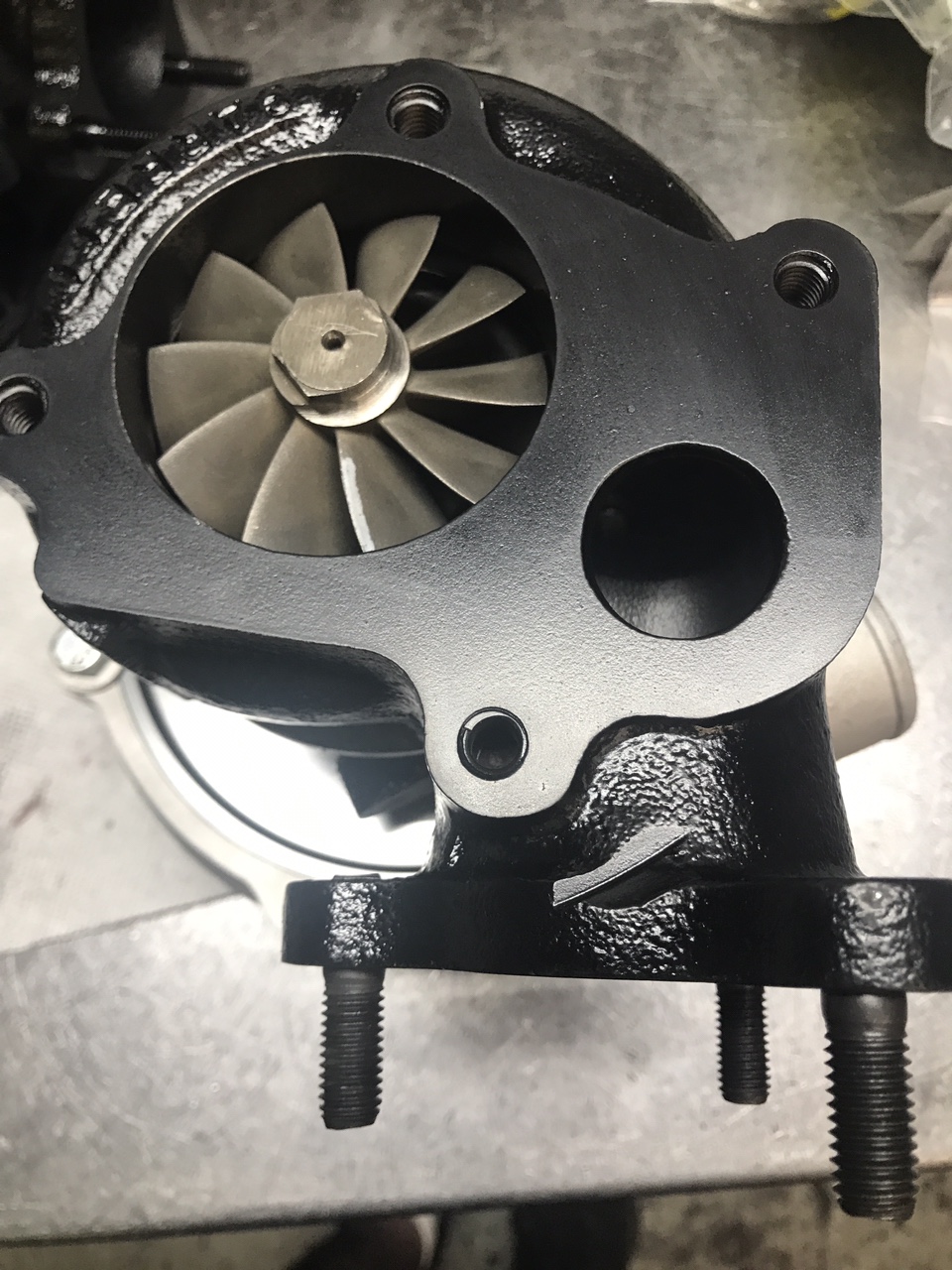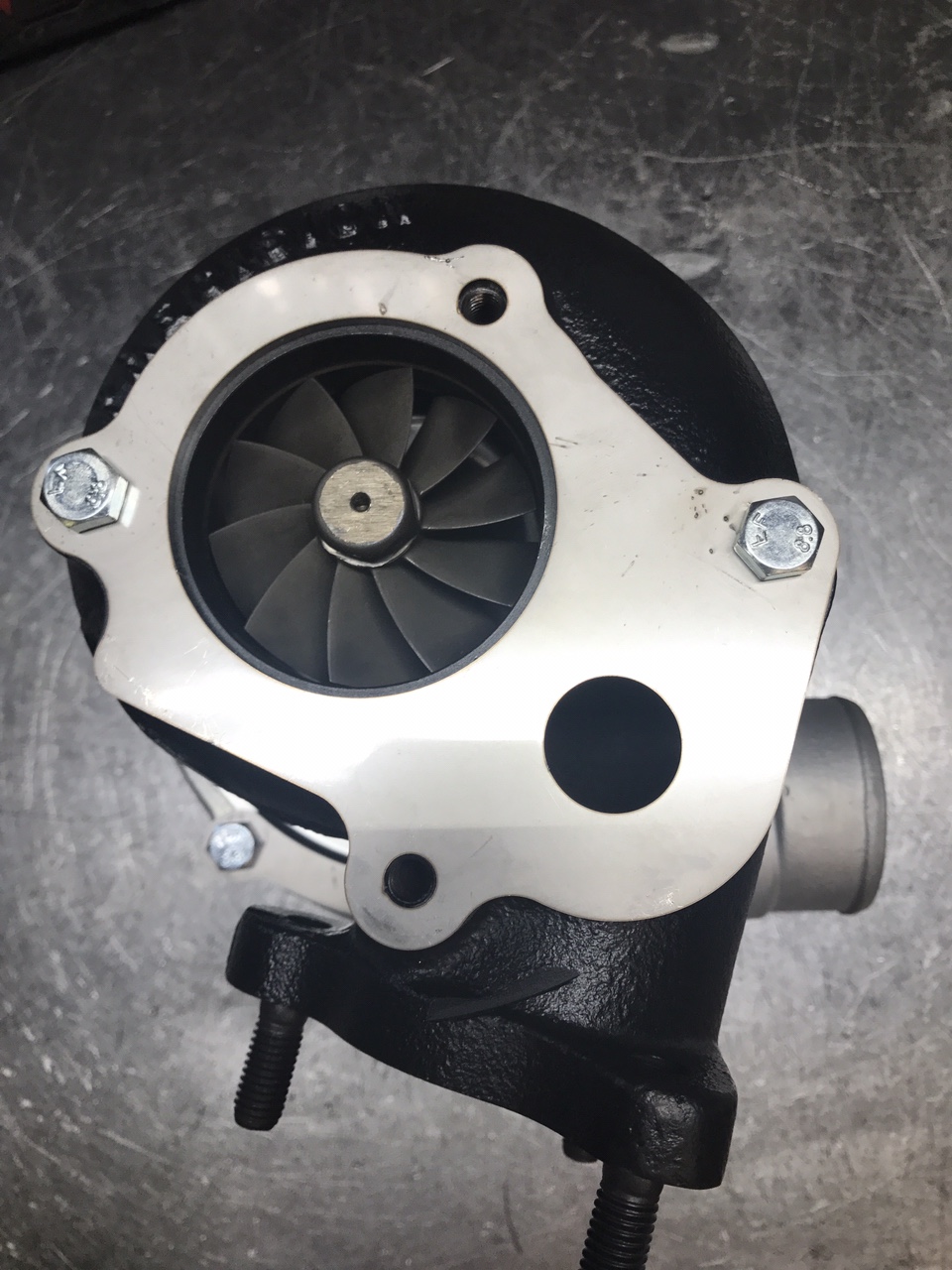Hi I did a search on this and could not get a clear answer. No matter how tight I have the actuator rod and the RJC boost controller all the way screwed down I can only get 14-15 lbs of boost. The car sat for 15 years after I rebuilt it but I never got on it since then. Scanmaster readings are near perfect ranges. I have a te 44 turbo and I believe I have ATR 3inch down pipe. Puck lever seems to move freely not sticking. I had the stock turbo before the 44 and boosted way above that. I did notice a dent on my crossover pipe. No exhaust leaks. The actuator rod feels easy to pull up to the puck lever. Can a weak spring cause this or the puck not sealing right?
Thanks all
Thanks all




